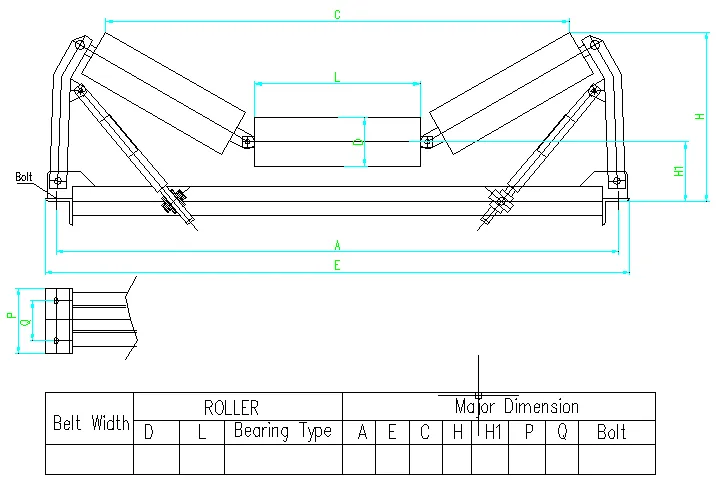 Afrikaans
Afrikaans  Albanian
Albanian  Amharic
Amharic  Arabic
Arabic  Armenian
Armenian  Azerbaijani
Azerbaijani  Basque
Basque  Belarusian
Belarusian  Bengali
Bengali  Bosnian
Bosnian  Bulgarian
Bulgarian  Catalan
Catalan  Cebuano
Cebuano  Corsican
Corsican  Croatian
Croatian  Czech
Czech  Danish
Danish  Dutch
Dutch  English
English  Esperanto
Esperanto  Estonian
Estonian  Finnish
Finnish  French
French  Frisian
Frisian  Galician
Galician  Georgian
Georgian  German
German  Greek
Greek  Gujarati
Gujarati  Haitian Creole
Haitian Creole  hausa
hausa  hawaiian
hawaiian  Hebrew
Hebrew  Hindi
Hindi  Miao
Miao  Hungarian
Hungarian  Icelandic
Icelandic  igbo
igbo  Indonesian
Indonesian  irish
irish  Italian
Italian  Japanese
Japanese  Javanese
Javanese  Kannada
Kannada  kazakh
kazakh  Khmer
Khmer  Rwandese
Rwandese  Korean
Korean  Kurdish
Kurdish  Kyrgyz
Kyrgyz  Lao
Lao  Latin
Latin  Latvian
Latvian  Lithuanian
Lithuanian  Luxembourgish
Luxembourgish  Macedonian
Macedonian  Malgashi
Malgashi  Malay
Malay  Malayalam
Malayalam  Maltese
Maltese  Maori
Maori  Marathi
Marathi  Mongolian
Mongolian  Myanmar
Myanmar  Nepali
Nepali  Norwegian
Norwegian  Norwegian
Norwegian  Occitan
Occitan  Pashto
Pashto  Persian
Persian  Polish
Polish  Portuguese
Portuguese  Punjabi
Punjabi  Romanian
Romanian  Russian
Russian  Samoan
Samoan  Scottish Gaelic
Scottish Gaelic  Serbian
Serbian  Sesotho
Sesotho  Shona
Shona  Sindhi
Sindhi  Sinhala
Sinhala  Slovak
Slovak  Slovenian
Slovenian  Somali
Somali  Spanish
Spanish  Sundanese
Sundanese  Swahili
Swahili  Swedish
Swedish  Tagalog
Tagalog  Tajik
Tajik  Tamil
Tamil  Tatar
Tatar  Telugu
Telugu  Thai
Thai  Turkish
Turkish  Turkmen
Turkmen  Ukrainian
Ukrainian  Urdu
Urdu  Uighur
Uighur  Uzbek
Uzbek  Vietnamese
Vietnamese  Welsh
Welsh  Bantu
Bantu  Yiddish
Yiddish  Yoruba
Yoruba  Zulu
Zulu Conveyor System Drive Pulley Mechanisms and Their Functions
The Importance and Functionality of Conveyor Head Pulley
In various industrial and manufacturing sectors, efficient material handling is crucial for productivity and operational success. One of the key components of conveyor systems that facilitate this process is the conveyor head pulley. This article will explore the significance, functionality, and maintenance of conveyor head pulleys in modern operations.
What is a Conveyor Head Pulley?
The conveyor head pulley is located at the discharge end of a conveyor belt system. Its primary role is to drive the belt, providing the necessary tension and support for the smooth movement of materials along the conveyor. Typically, these pulleys are cylindrical in shape and are made from robust materials, including steel or rubber, to endure wear and tear from continuous operation.
Head pulleys are engineered to provide optimal performance, featuring a smooth surface that reduces friction between the belt and the pulley. They often come equipped with various designs, such as lagging surfaces, which enhance grip and minimize slip during operation. This is particularly important in environments where the material being conveyed is heavy or abrasive.
Functions of Conveyor Head Pulleys
1. Belt Drive The most critical function of a head pulley is to drive the conveyor belt. When the pulley rotates, it imparts motion to the belt, allowing it to transport materials effectively from one point to another.
2. Tension Maintenance Proper belt tension is essential for effective operation. The head pulley helps maintain this tension, ensuring that the belt remains taut and aligned. This not only prevents slippage but also extends the life of the belt.
3. Material Discharge As materials approach the end of the conveyor system, the head pulley plays a vital role in discharging them. The design of the pulley ensures that materials are released smoothly without backtracking, which could lead to operational inefficiencies.
conveyor head pulley

4. System Support The head pulley is instrumental in supporting the structure of the conveyor system. By anchoring the belt at its discharge end, it provides balance and helps maintain the alignment of the conveyor, which is essential for proper material handling.
Maintenance of Conveyor Head Pulleys
Ensuring the longevity and efficiency of conveyor head pulleys requires regular maintenance. Here are some best practices
- Regular Inspections Conduct routine inspections to check for wear and tear, misalignment, or abnormalities in the pulley’s performance. Early detection of issues can prevent more significant problems down the line.
- Proper Lubrication Lubricating the bearings of the head pulley is essential for smooth operation. Neglecting this can lead to increased friction, resulting in overheating and potential failure.
- Cleaning Keep the surfaces of the pulley clean from debris and material buildup. Accumulation can affect the pulley’s grip and functionality, leading to inefficient operation.
- Replacement of Worn Components If any part of the head pulley shows significant wear, it should be replaced promptly. This ensures continuous operation without unexpected downtime.
Conclusion
The conveyor head pulley is an integral component of any conveyor system, playing a vital role in material transport and processing. Its functions extend beyond mere movement, encompassing tension management and support. By understanding its importance and implementing regular maintenance practices, businesses can ensure their conveyor systems operate at peak efficiency, ultimately contributing to enhanced productivity and reduced operational costs. In the fast-paced world of industrial operations, focusing on the functionality of the conveyor head pulley can yield significant benefits.
-
Revolutionizing Conveyor Reliability with Advanced Rubber Lagging PulleysNewsJul.22,2025
-
Powering Precision and Durability with Expert Manufacturers of Conveyor ComponentsNewsJul.22,2025
-
Optimizing Conveyor Systems with Advanced Conveyor AccessoriesNewsJul.22,2025
-
Maximize Conveyor Efficiency with Quality Conveyor Idler PulleysNewsJul.22,2025
-
Future-Proof Your Conveyor System with High-Performance Polyurethane RollerNewsJul.22,2025
-
Driving Efficiency Forward with Quality Idlers and RollersNewsJul.22,2025





























